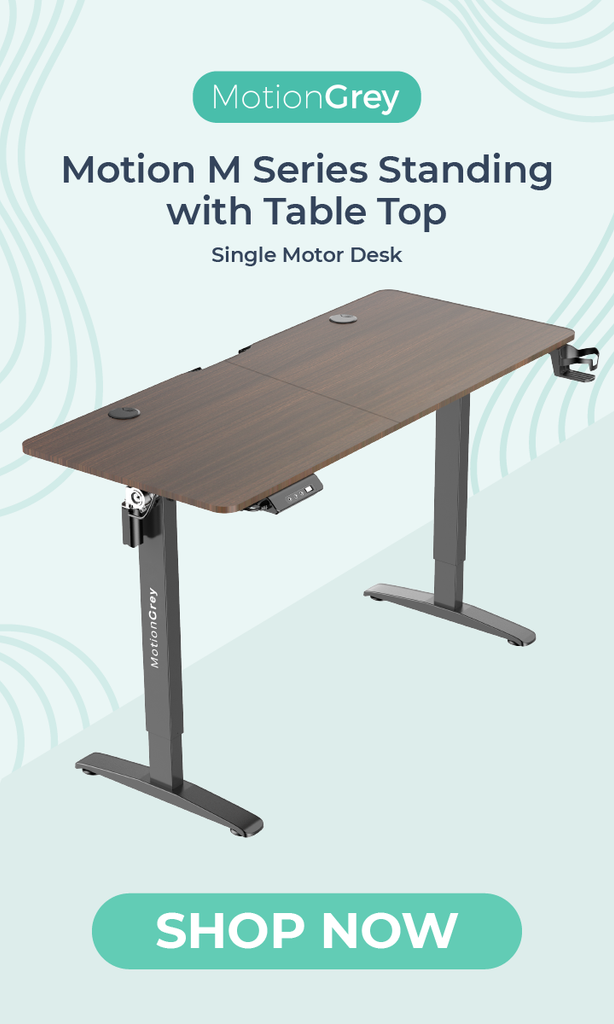Everything You Need to Know about the Turtle Neck Syndrome
If you constantly work on your computer, and spend hours a day texting or browsing social media on your phone, you are at risk of a condition called tech neck or turtle neck syndrome. This is a rather recent terminology used by medical professionals to refer to a complex set of symptoms that are primarily caused by incorrect neck posture for a prolonged period of time. But although a rather new term, it appears to be a common condition, afflicting up to 90% of people around the world.

What is Turtle Neck Syndrome and Who Are Prone to It?
The turtle neck syndrome is also referred to by several different names, including the following:
- Tech or nerd neck syndrome because it is commonly associated with those whose job involves working on a computer for most of the day
- Text neck syndrome because one of the leading causes is said to be texting, constant extending of the neck from its natural position to type on the phone
The proper neck posture is upright, a posture that allows it to support the weight of the head properly and comfortably. And in any ordinary situation, the neck can support up to 12 pounds of weight. However, the moment you overextend your neck, keeping it forward for long periods of time, it creates an imbalance in your posture that causes harm to your body. The amount of weight the neck has to handle can double up to 5 times when you overextend your neck due to computer work or because of prolonged texting on your mobile phone.
The Symptoms of Turtle Neck Syndrome
The most common symptom is stiffness in the neck. If you’ve been looking down at your phone for a long period of time, you might notice discomfort in your neck after a while. Apart from pain in the neck, this condition can also lead to discomfort in surrounding muscles, specifically in one called the trapezius muscle. It’s the largest muscle in your upper back and primarily plays an important role in keeping your posture correct.
When you constantly overextend your neck, the trapezius muscle takes the brunt of this force. And because it spans across different body parts, the effect spreads out across the said body parts. As a result, you will experience the following symptoms.

- Shoulder discomfort. Looking down on your screen for long periods of time can lead to your shoulders being on an unnatural rounded posture.
- Back pain, especially upper back. Constantly looking down on your phone can cause spasms in your trapezius muscle, and one of the first areas to feel this will be your upper back. So if you feel you’ve been experiencing upper back pain that won’t go away even with a supportive ergo chair and exercise, check if you may be suffering from turtle neck syndrome.
- Headache. Because the neck connects the head to the rest of the body, any pressure and strain on the neck will likely affect your head.
- Pain due to a pinched nerve. Any unnatural neck position poses the risk of you damaging your nerves, and this can cause a lot of pain that will likely disrupt your day-to-day activities.
Are you experiencing any of these symptoms and you feel they are caused by turtle neck syndrome?
How to Find Relief from Turtle Neck Syndrome
The best cure to turtle neck syndrome is posture correction. If you’ve started feeling pain in your neck and in the surrounding muscles, check your posture.
Do you often spend a long amount of time looking down on your phone screen, texting or browsing?
Does your work involve long hours spent in front of a computer screen?
Do you spend most of your time seated with little movement in your day?
If you answer yes to these questions, it’s important that you start and take the time to correct your posture and change some of your unhealthy phone and computer habits.
- Use your phone and computer in moderation. Take breaks from using them.
- Be mindful about your posture and take time to stretch and move.
- Consider investing in a standing desk to make sure your computer is positioned at a correct height, whether you are standing or sitting.
- Live an active lifestyle. Exercise and move frequently.
By making small changes in your lifestyle, you can reverse the effect of the turtle neck syndrome and find relief from pain. Check which of the habits you can start to adapt to live healthier and pain free.

Frequently Asked Questions
It is important to note that turtle neck syndrome affects not only one body part but several, and not only muscles but also nerves. This makes it dangerous to ignore the symptoms of the said condition. When turtle neck syndrome is not immediately addressed, it can progress to more serious conditions such as arthritis and nerve damage, together with chronic pain in your upper back, shoulders, neck, and your head.
The moment you encounter the symptoms, it is important to pay attention to and make relevant changes to your habits. If needed, be sure to consult a medical professional.
The most important thing to do to prevent turtle neck syndrome is to maintain proper posture when working in front of your computer. Whether you are sitting on your chair while working, or standing with a standing desk, make sure that you don’t strain and overextend your neck just to see the screen–make sure the screen is positioned properly and at the correct level with your eyes. Avoid working with your laptop on your lap as this will force you to look down for long hours while typing. Also, make sure to vary your posture, to move regularly, and to stretch your neck and upper back throughout the day.
Depending on the severity of the pain and symptoms, turtle neck syndrome can often be cured by getting enough rest and taking a break from the activity that causes it. You can go for a massage or physical therapy, even chiropractic consultation, if the pain persists. In some instances, pain medication may be needed–it’s always best to consult a medical professional in this case.
About Us
MotionGrey is a Canadian standing desk company that specializes in ergonomic furniture. We supply and install only the best quality standing desks and ergonomic chairs in the country. We offer free shipping within Canada and the US.
What made you switch to standing desks? Our products are designed with wellness as the focal point. From our electric standing desks to our office and gaming chairs, we deliver best value by putting your health, safety, and comfort as top priority. Boost your creativity and level up work performance. We want you to create great outcomes so we’re providing you only the best tools to make them possible.
If you are not satisfied with your purchase, check out our Refund Policy.





